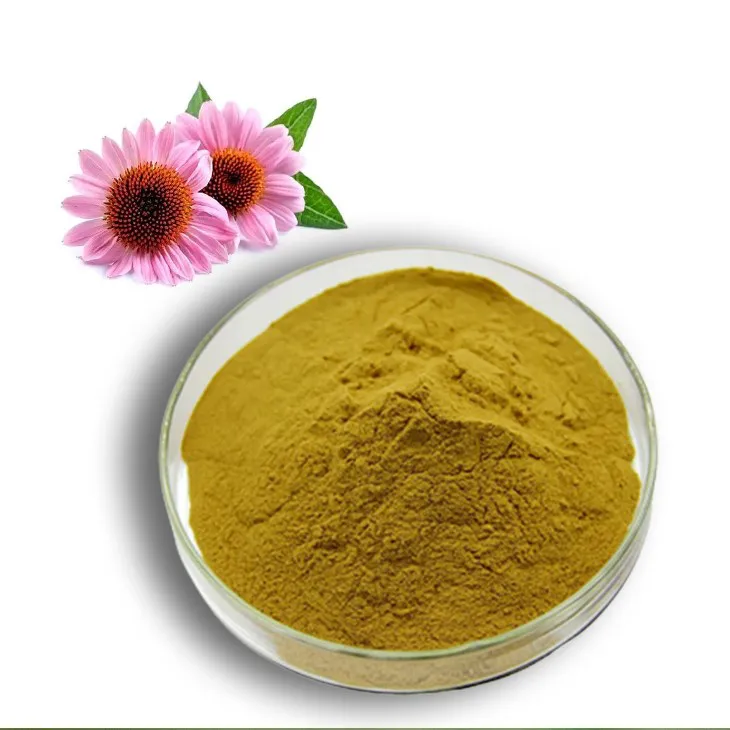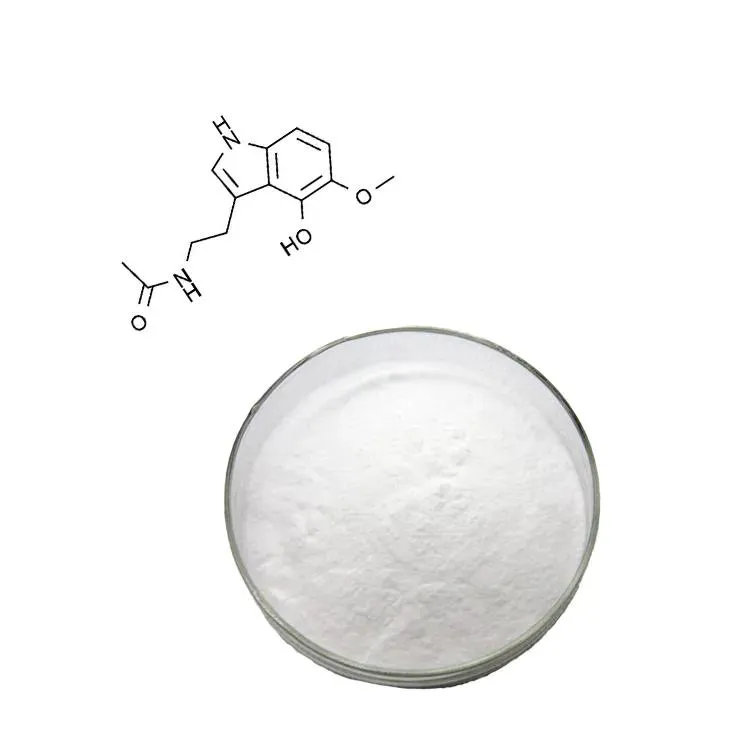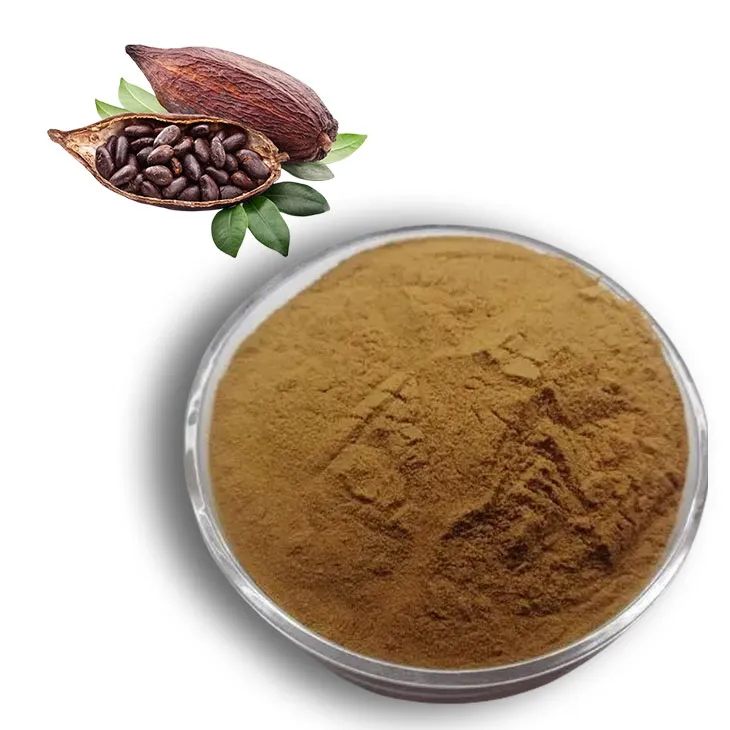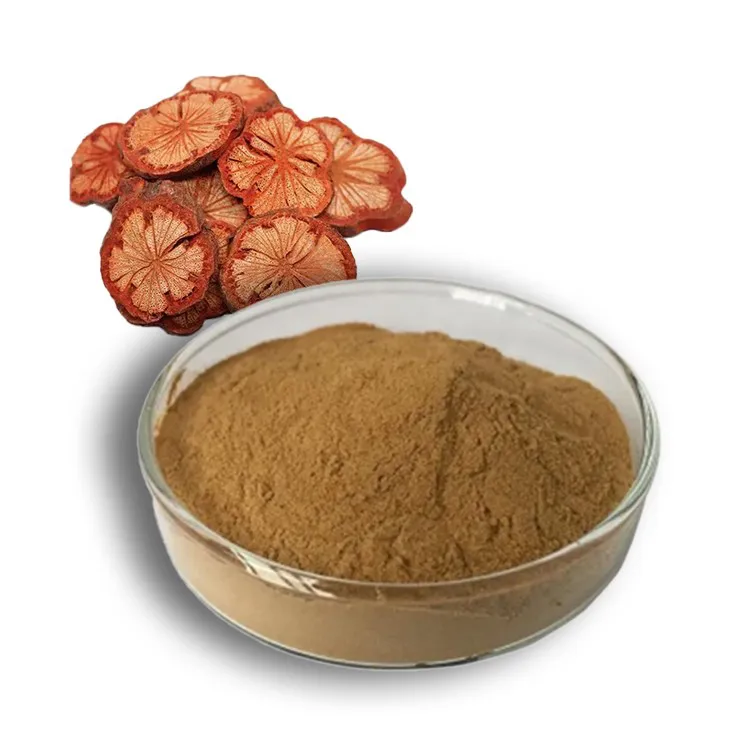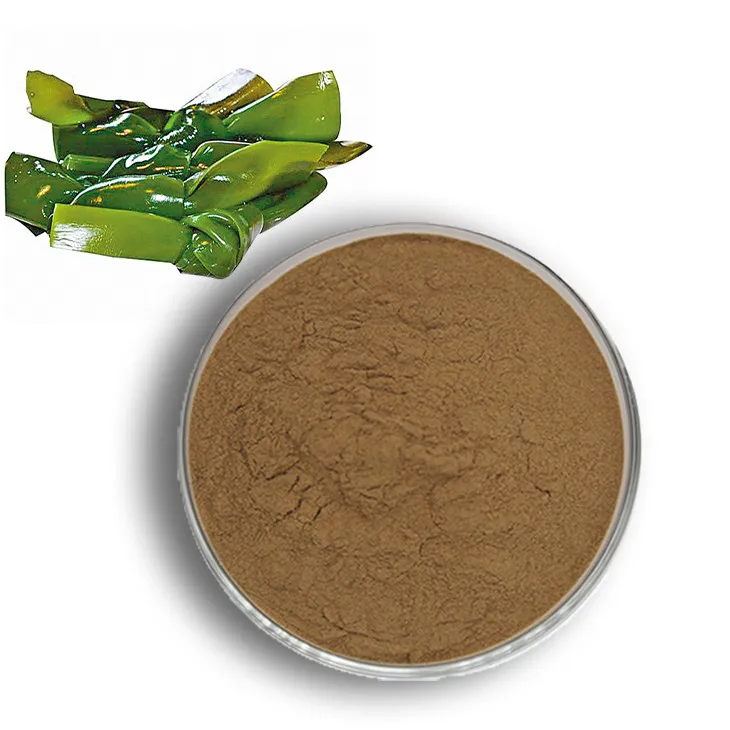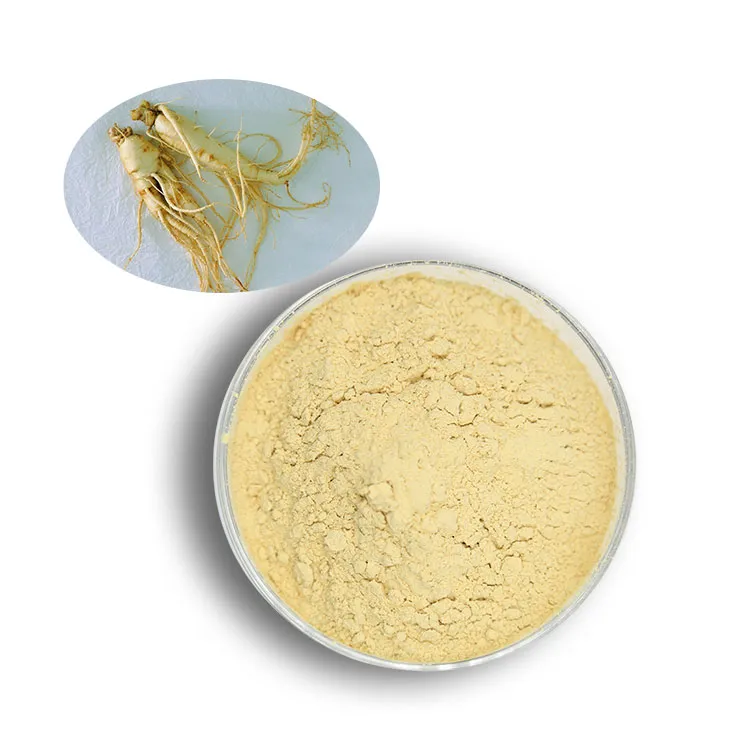- 0086-571-85302990
- sales@greenskybio.com
What does aminolevulinic acid do
2025-10-23
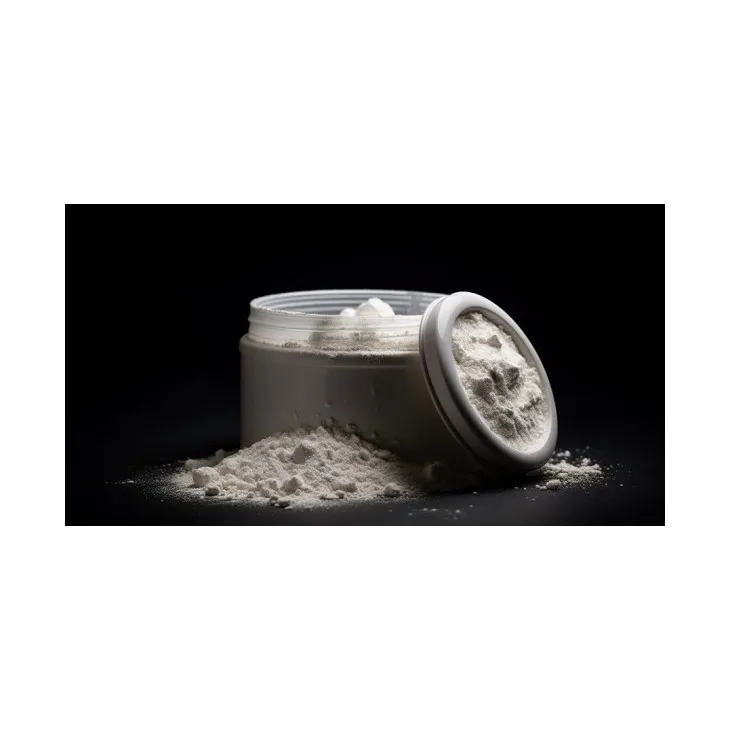
Aminolevulinic acid (ALA) is a compound that plays a crucial role in the field of medicine and therapeutic treatments. While it may not be as commonly discussed as other medical substances, its effectiveness and applications are noteworthy, particularly in the areas of dermatology and cancer treatment. This article delves into what Aminolevulinic acid is, its mechanism of action, the various medical applications, and the benefits and potential side effects associated with its use.
Understanding Aminolevulinic acid
Aminolevulinic acid is a naturally occurring compound in the human body, serving as a key precursor in the biosynthesis of heme. Heme is an essential component of hemoglobin, the protein that carries oxygen in the blood, as well as being an integral part of various enzymes and proteins involved in cellular respiration. Heme synthesis occurs in the mitochondria of cells and involves several steps. ALA is generated from glycine and succinyl-CoA through the enzyme aminolevulinic acid synthase. Further enzymatic reactions transform ALA into protoporphyrin IX, which chelates iron to form heme.
Mechanism of Action
The therapeutic use of ALA is largely seen in its application in photodynamic therapy (PDT). When exogenous ALA is applied to the skin, it is taken up by cells, particularly those that are rapidly proliferating, such as cancerous or pre-cancerous cells. Within these cells, ALA is converted to protoporphyrin IX, a photosensitizer. When exposed to specific wavelengths of light, protoporphyrin IX produces reactive oxygen species (ROS). These ROS are cytotoxic, causing damage to cellular structures, and leading to the destruction of abnormal cells. Thus, the combination of ALA and light exposure can selectively target and eliminate diseased cells while sparing healthy tissue.
Medical Applications of Aminolevulinic Acid
Photodynamic Therapy for Skin Conditions
Actinic Keratosis: Actinic keratosis is a common pre-cancerous skin condition caused by prolonged exposure to ultraviolet light. It is characterized by rough, scaly patches on the skin. ALA-PDT provides an effective treatment for actinic keratosis, leading to lesion clearance. The treatment involves topical application of ALA, followed by exposure to light, resulting in targeted destruction of dysplastic cells.
Basal Cell Carcinoma: This is the most common form of skin cancer. ALA-PDT offers a non-invasive treatment option for superficial basal cell carcinoma. The treatment is particularly advantageous for patients whose lesions are located in cosmetically sensitive areas where surgical excision may be unfavorable.
Acne Vulgaris: ALA-PDT has shown promise in treating moderate to severe acne vulgaris. The treatment targets sebaceous glands and reduces sebum production, as well as the bacteria associated with acne. This dual approach helps in reducing acne lesions and improving skin texture.
Oncology Applications
Bladder Cancer: Intravesical ALA-PDT has been used in the treatment of non-muscle invasive bladder cancer. The method involves introducing ALA into the bladder to sensitize cancer cells to the therapeutic effects of light exposure. This approach can target and eradicate malignant cells without affecting surrounding tissues.
Gliomas: In neurosurgery, ALA is utilized to improve the visualization and resection of malignant gliomas. Patients orally take ALA before surgery, and fluorescent lighting highlights tumor tissue during surgery, allowing for more precise removal.
Other Applications
Esophageal Cancer: ALA-PDT is employed to treat esophageal cancer, particularly in early stages. The treatment can reduce tumor size and alleviate symptoms such as dysphagia without invasive surgical interventions.
Psoriasis: Some studies have explored the efficacy of ALA-PDT in treating psoriasis, taking advantage of its ability to reduce the proliferation of keratinocytes involved in the disease's pathophysiology.
Benefits of Using Aminolevulinic Acid
The application of ALA in medical treatments offers several key benefits:
Selective Targeting: ALA-PDT specifically targets rapidly dividing cells, making it effective at destroying abnormal or cancerous cells while leaving healthy cells largely unaffected.
Non-Invasive: ALA-PDT provides a non-invasive treatment alternative to traditional surgical methods, reducing recovery time and minimizing the risk of infection or other complications.
Cosmetic Outcomes: Particularly in the treatment of skin conditions, ALA-PDT leads to excellent cosmetic outcomes, making it suitable for lesions on visible areas of the body.
Broad Applications: The diverse application of ALA across various conditions, from dermatology to oncology, highlights its versatility and efficacy as a therapeutic agent.
Potential Side Effects and Considerations
While ALA-based treatments offer significant advantages, potential side effects and considerations include:
Photosensitivity: Following ALA-PDT, treated areas can become highly sensitive to light for a period, requiring patients to avoid sunlight to minimize the risk of adverse reactions such as swelling, redness, or discomfort.
Localized Reactions: Some individuals may experience localized reactions like burning, stinging, or itching on treated areas. These effects are generally transient and resolve shortly after treatment.
Pigmentary Changes: There may be temporary pigmentary changes in treated skin, including hyperpigmentation or hypopigmentation, which usually normalize over time.
Limited Deep Tissue Penetration: While ALA-PDT is effective for surface-level lesions, its efficacy diminishes for deeper-seated tumors due to limited light penetration, necessitating alternative treatment methods.
Conclusion
Aminolevulinic acid plays an increasingly valuable role in modern medical treatments, especially given its applications in photodynamic therapy for a range of conditions from pre-cancerous skin lesions to certain types of cancer. The effectiveness and selectivity of ALA, in combination with its relatively non-invasive nature, make it a strong therapeutic candidate with various ongoing research efforts focused on expanding its use. As with any medical treatment, patient outcome can be optimized through careful consideration of potential side effects and individualized treatment planning. With continuing advancements in understanding and application, aminolevulinic acid holds promise for extending the range and efficacy of therapeutic options available to patients.
, a great article source where you can learn about Supplements and their health benefits, you also can get the latest food Supplements. Green Sky Bio provides the best extracts and supplements. It is a Chinese self-developed brand that is trustworthy! Welcome to email us to inquire about our products.
- ▶ Hesperidin
- ▶ Citrus Bioflavonoids
- ▶ Plant Extract
- ▶ lycopene
- ▶ Diosmin
- ▶ Grape seed extract
- ▶ Sea buckthorn Juice Powder
- ▶ Fruit Juice Powder
- ▶ Hops Extract
- ▶ Artichoke Extract
- ▶ Mushroom extract
- ▶ Astaxanthin
- ▶ Green Tea Extract
- ▶ Curcumin
- ▶ Horse Chestnut Extract
- ▶ Other Product
- ▶ Boswellia Serrata Extract
- ▶ Resveratrol
- ▶ Marigold Extract
- ▶ Grape Leaf Extract
- ▶ New Product
- ▶ Aminolevulinic acid
- ▶ Cranberry Extract
- ▶ Red Yeast Rice
- ▶ Red Wine Extract
-
Echinacea Extract
2025-10-23
-
Apricot Powder
2025-10-23
-
melatonin extract
2025-10-23
-
Cocoa Extract
2025-10-23
-
Red Vine Extract
2025-10-23
-
Beetroot juice Powder
2025-10-23
-
Kelp Extract Powder
2025-10-23
-
American Ginseng Root Extract
2025-10-23
-
Diosmin
2025-10-23
-
Alisma Extract
2025-10-23











